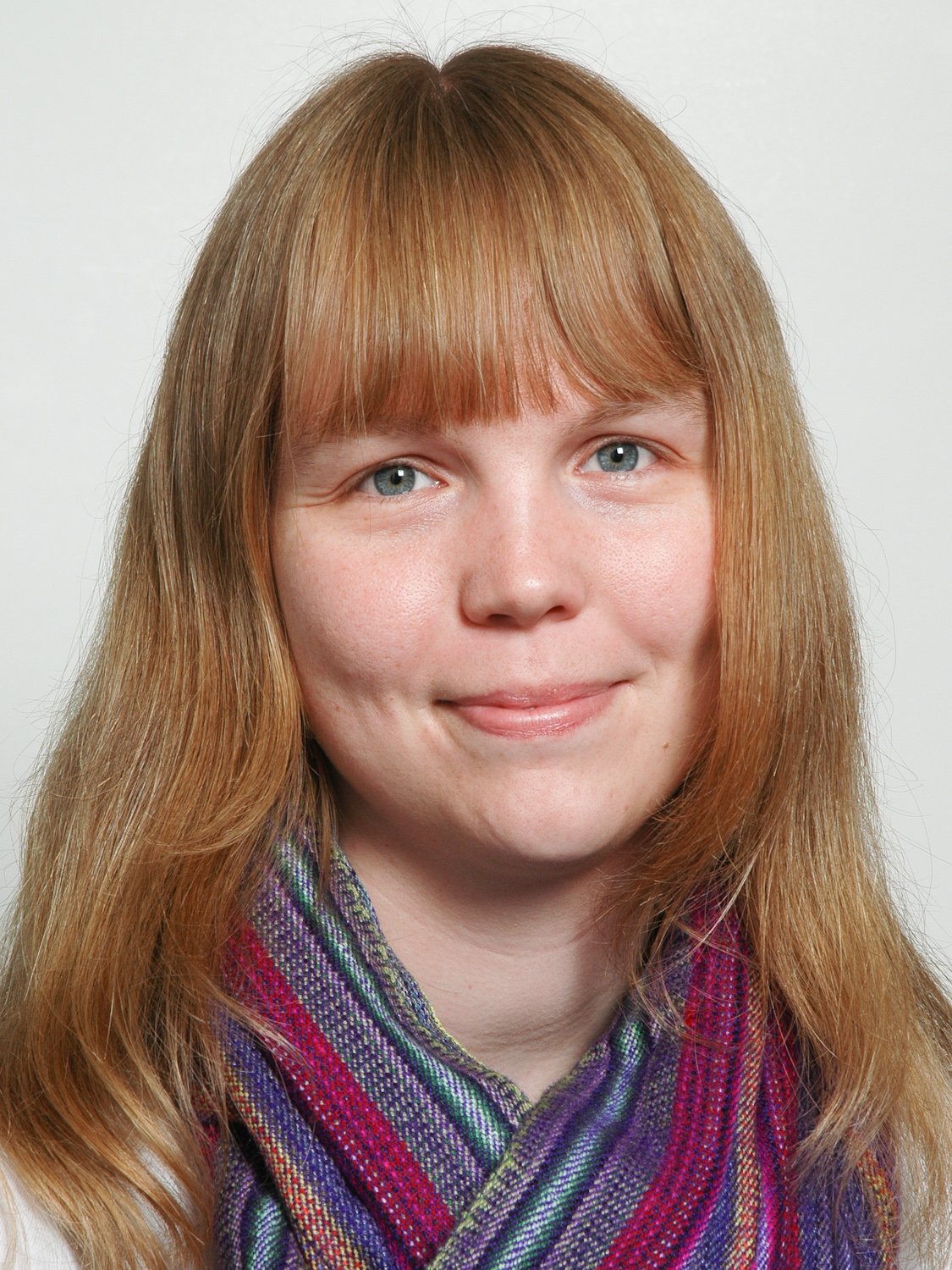Mia Sloth Lundkvist awarded postdoctoral grant from The Danish Council for Independent Research
Mia Sloth Lundkvist receives DKK 1.75 million to fund the project “Connecting 3D hydrodynamical models and observations from space”

With this project Mia will be working with stellar observations made primarily by the Kepler spacecraft and 3D simulations of stellar surfaces. The focus will be on two themes, the granulation of various stars, and a better understanding of the amplitudes of oscillations in stars.
The diameter of a star hosting a transiting exoplanet is important if you want to know the diameter of the exoplanet itself. Good tools to determine the stellar diamater is thus needed in order to find the size of the planet and make inferences abouts its type. The Kepler observations are influenced by granulation on the surface of the stars, and this granulation is a surface manifestation of convection inside the stars. We will model the granulation and then compare it to observations in order to learn more about both the granulation and our simulations. This again will allow us to predict stellar radii and surface gravities, which in the end will tell us about, for instance, the diameters of the transiting exoplanets.
In addition, we will study if the effect of an exoplanet covering a small part of the granulation pattern as it transits the star can in fact be seen in light curves from the Kepler mission.
The granulation background of a star can be seen as a source of noise from the point of view of asteroseismological work, and this noise can hopefully be reduced by a better understanding of the processes that cause the granulation. In the second part of the work, we study the apparent correlation between the amplitudes of stellar oscillations and oscillations that arise in the 3D simulations. If we can understand the reasons for the correlation, it will enable us to improve the prediction of the oscillation amplitudes and better understand the physics at play in these stars.
